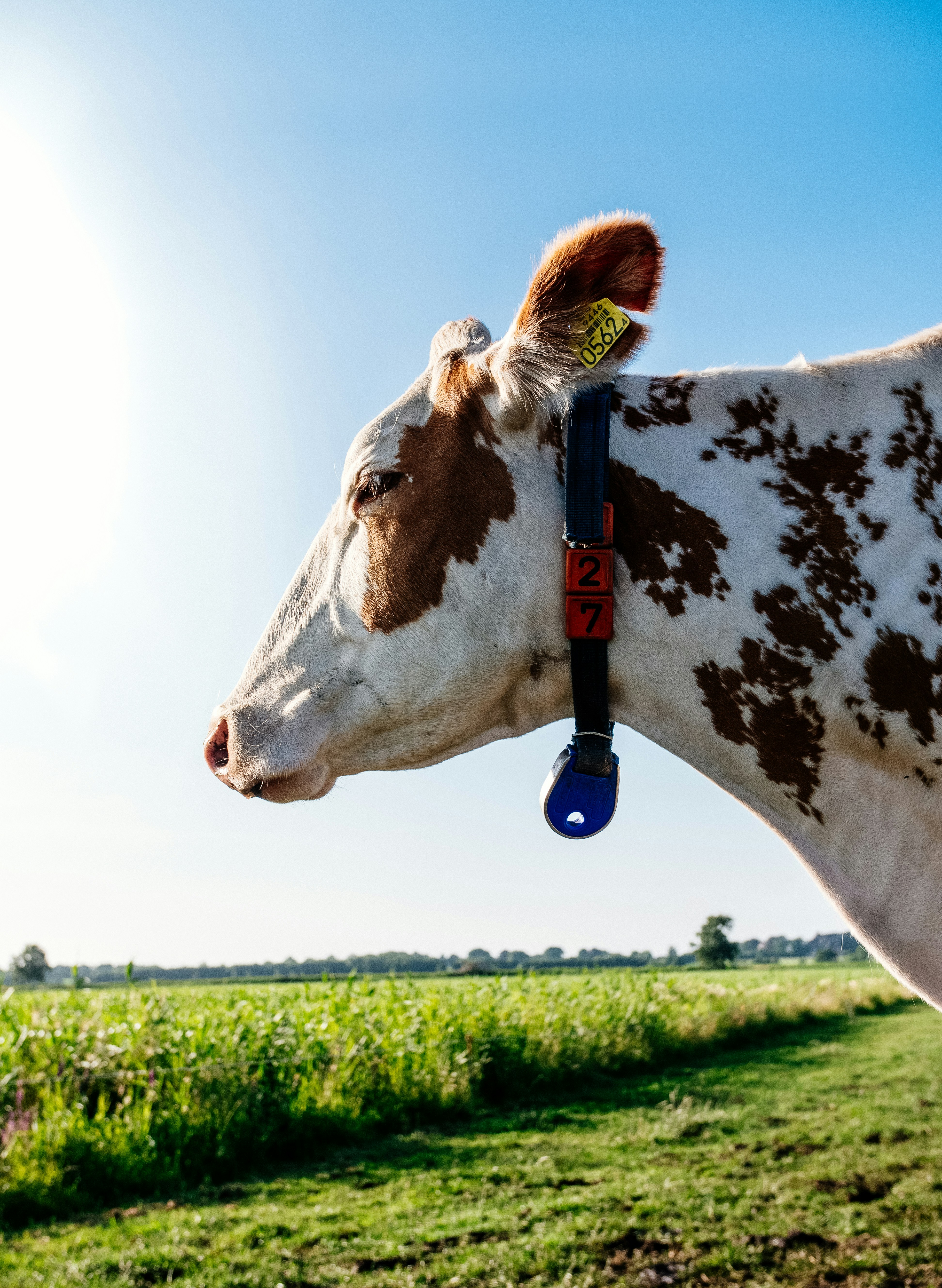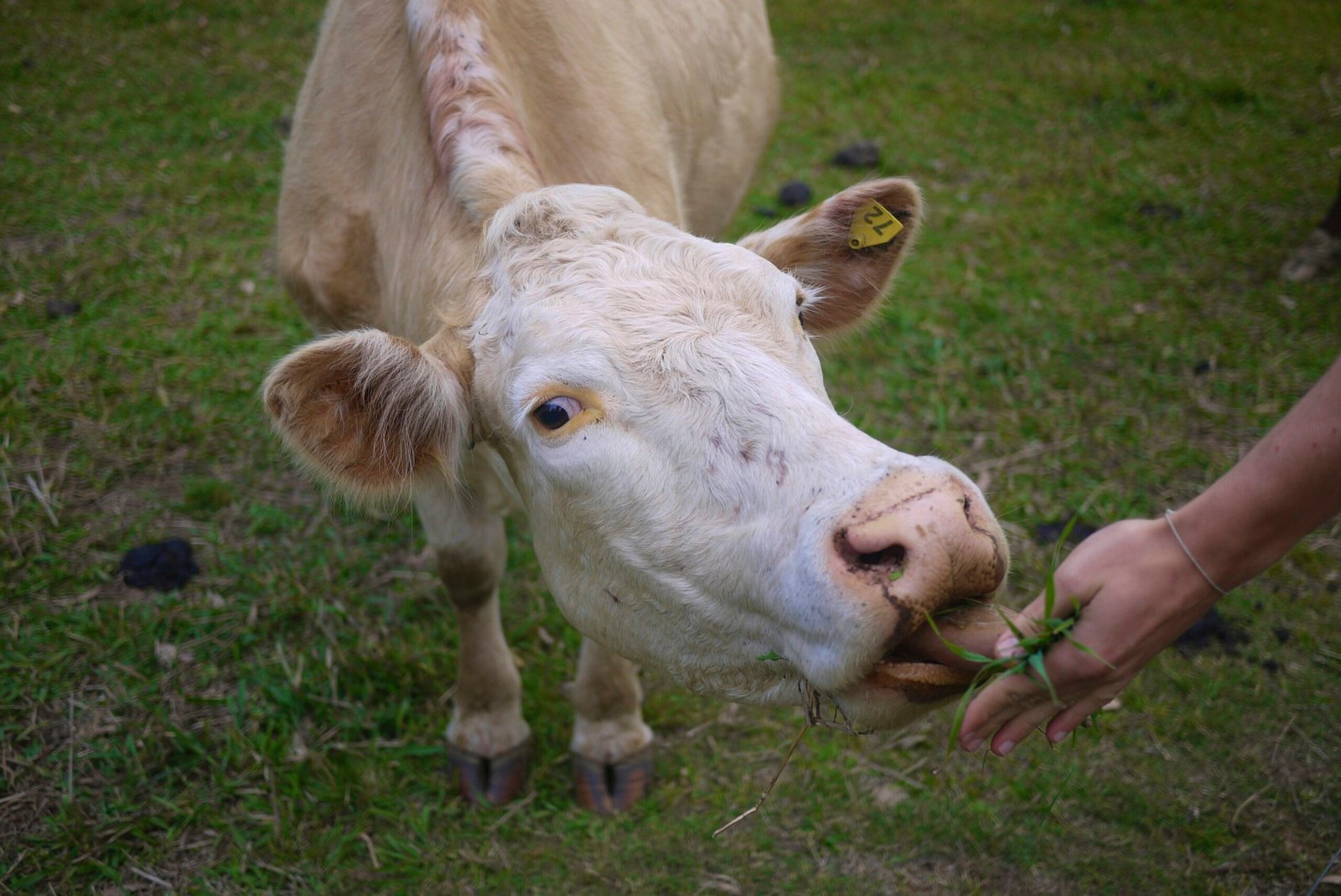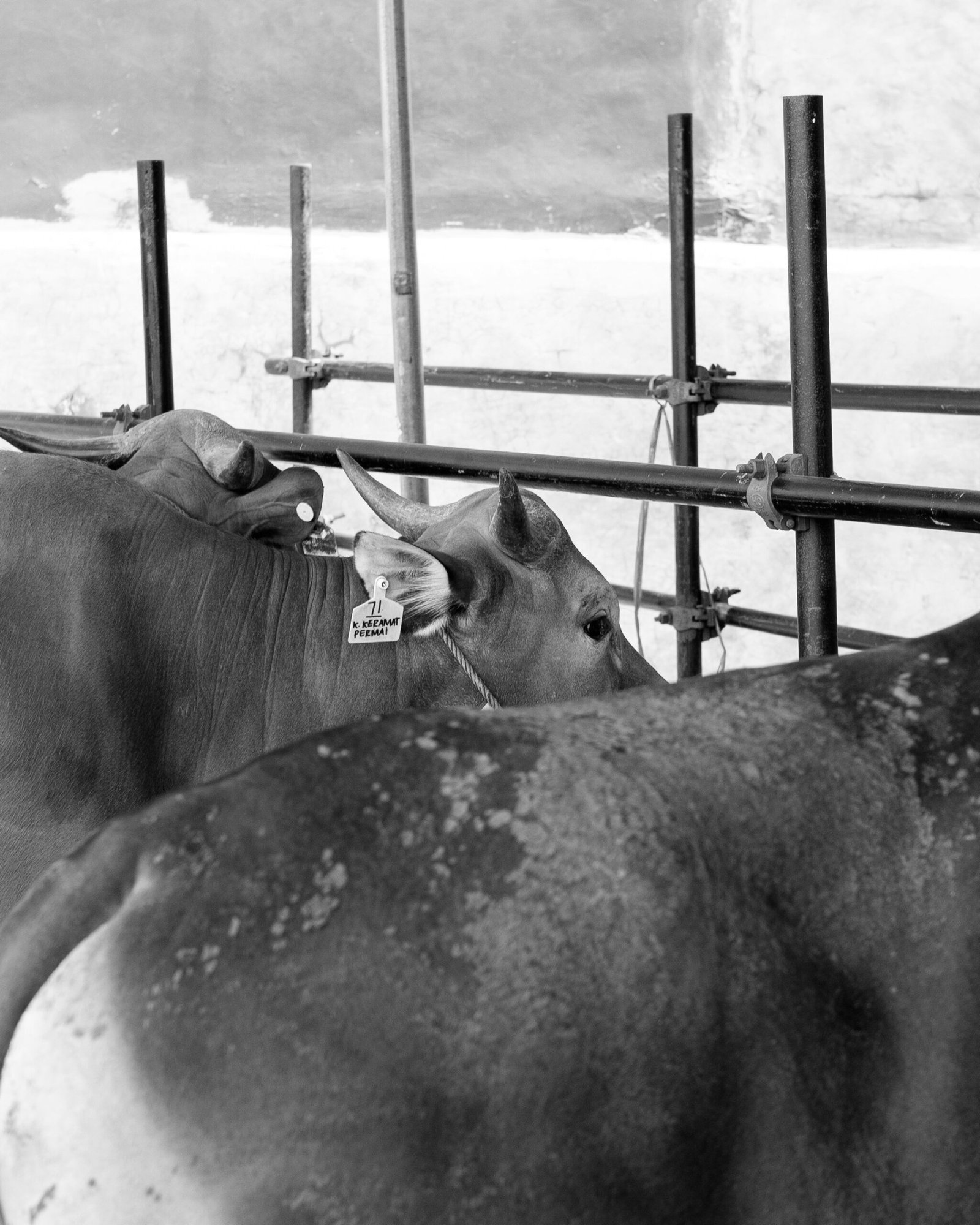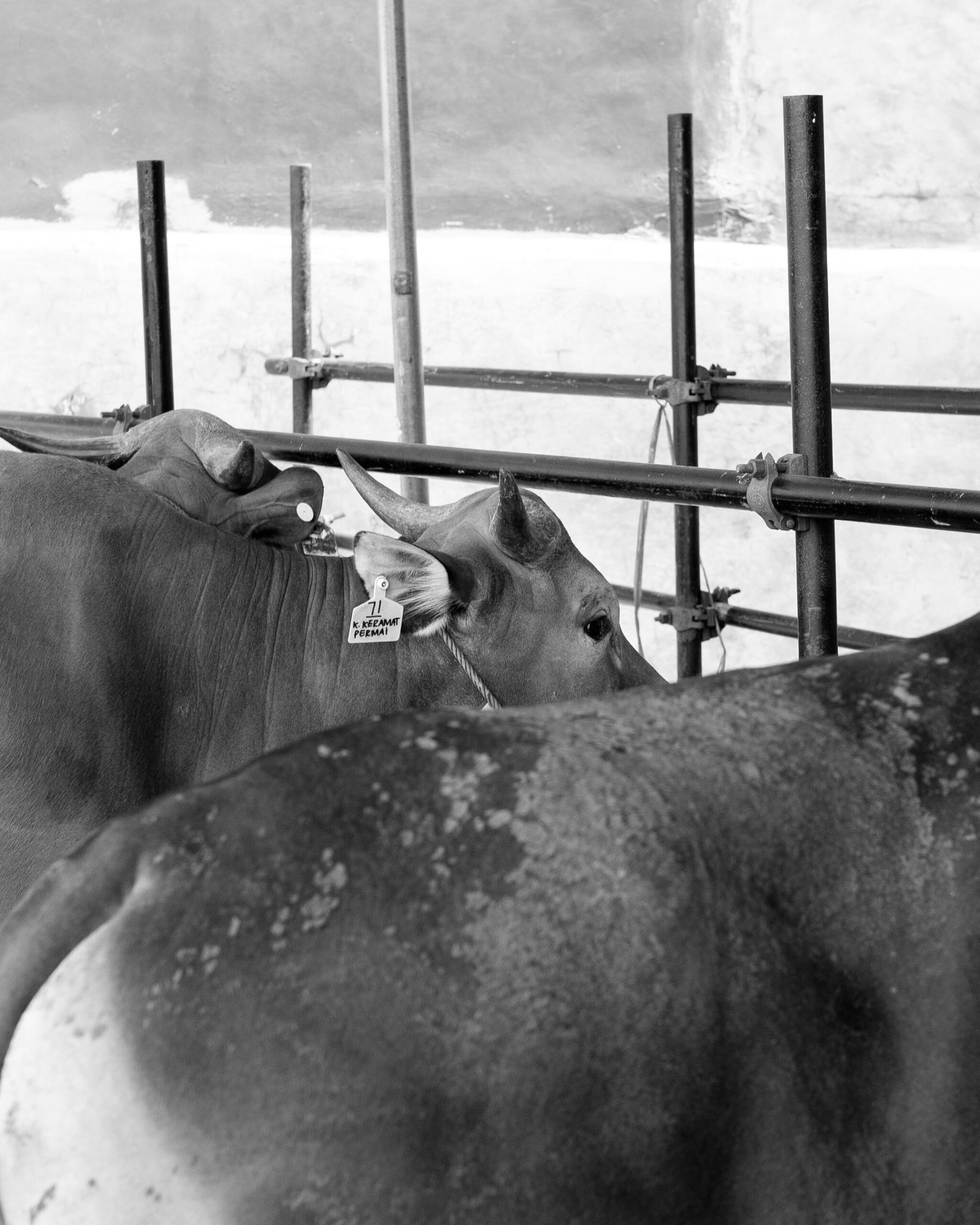Understanding IoT in Agriculture
The Internet of Things (IoT) encompasses a vast network of interconnected devices that communicate and exchange data through the internet. In agriculture, this innovative technology is increasingly being adopted to enhance the management of livestock health. By integrating IoT devices such as sensors and wearable technology, farmers can collect and analyze vital data on their animals, leading to improved efficiency and productivity within agricultural practices.
One of the primary applications of IoT in livestock management is the utilization of sensors that monitor various parameters such as temperature, humidity, and animal behavior. These devices are instrumental in detecting early signs of disease or distress, allowing farmers to take proactive measures rather than waiting for health issues to escalate. Wearable technology, including collars and harnesses outfitted with GPS and health-monitoring sensors, provides real-time insights into an animal’s location, activity levels, and vital signs. This data is crucial for informed decision-making regarding feeding schedules, breeding, and medical treatments.
In addition to real-time monitoring, IoT technology allows for the analysis of large sets of data, enabling farmers to identify trends and patterns that may not be immediately apparent. For instance, data analytics can reveal correlations between environmental conditions and livestock health, leading to better management practices that enhance animal welfare and productivity. Furthermore, IoT applications often improve resource allocation, reducing waste and ensuring that livestock receive optimal care.
The integration of IoT in agriculture signifies a transformative shift in how livestock are managed. With ongoing advancements in technology, the potential benefits extend beyond mere monitoring to encompass sustainable farming practices and enhanced food security. As more farms adopt IoT solutions, the future of livestock health monitoring looks promising, paving the way for increased productivity and better animal welfare. This revolution in agricultural practices holds great promise for farmers and consumers alike.
How IoT Enhances Livestock Health Monitoring
In recent years, the incorporation of Internet of Things (IoT) technology into livestock health monitoring has drastically altered the landscape of animal husbandry. By utilizing wearable devices for cattle and sheep, farmers can obtain real-time data on the animals’ health and well-being. These devices often include sensors that track vital signs such as heart rate, temperature, and activity levels, facilitating early disease detection and timely interventions.
The advent of real-time health monitoring systems has empowered producers to proactively manage livestock health. For example, these smart systems collect data continuously, enabling farmers to detect any anomalies in an animal’s behavior or physiological parameters. If an animal exhibits signs of distress or sickness, the system can send alerts to the farmer, allowing for prompt medical attention. This immediate response not only enhances animal welfare but also minimizes potential economic losses associated with health crises.
In addition to monitoring individual animals, IoT technology extends its benefits to environmental management through the implementation of sensors that monitor temperature, humidity, and other environmental factors within barns and pastures. These sensors provide essential information that helps farmers maintain optimal living conditions for their livestock. For instance, high humidity levels may contribute to respiratory issues in animals. By receiving real-time alerts about such conditions, farmers can take corrective measures, thus ensuring healthier livestock.
Moreover, the data collected by IoT devices can be analyzed over time, giving insights into trends and health patterns within herds. This valuable information not only improves individual animal health management but also enhances overall herd management strategies. Therefore, the integration of IoT technology stands out as a pivotal advancement in livestock health monitoring, promoting the welfare of animals while simultaneously optimizing farm productivity.
Case Studies: Successful IoT Implementations in Livestock Farms
Several livestock farms around the globe have successfully integrated Internet of Things (IoT) technologies into their operations, showcasing the significant impact of these innovations on livestock health monitoring. One such prominent example is a dairy farm in Wisconsin, USA, that adopted IoT sensors to monitor the health and activity levels of its cows. The farm installed wearable devices designed to track vital signs and movement patterns, allowing for real-time data collection. This implementation enabled farmers to detect early signs of health issues, such as respiratory diseases, thus reducing the overall veterinary costs and improving the herd’s well-being.
Another compelling case is a sheep ranch in New Zealand, which utilized IoT-enabled GPS collars. These collars not only monitored the sheep’s location but also their grazing habits and herd dynamics. The integration of this technology provided valuable insights into pasture usage and grazing efficiency. The ranchers faced initial challenges related to battery life and data transmission in remote areas, but subsequent advancements in power management and network solutions allowed for continuous monitoring. As a result, they achieved improvements in animal welfare, especially during lambing season, which led to a notable increase in lamb survival rates.
Additionally, a cattle farm in Brazil adopted IoT technologies to automate feeding schedules and monitor the nutritional intake of livestock. Using automated feeders equipped with sensors, the farm optimized feed distribution according to the specific requirements of different cattle groups. This transition not only enhanced productivity but also minimized feed wastage, demonstrating the economic benefits of IoT applications. During the initial phase, farmers encountered resistance due to the learning curve associated with the new technologies. However, through training sessions and support, the team became proficient in data analysis, ultimately transforming their approach to livestock management.
These case studies illustrate the various ways IoT technology is revolutionizing livestock health monitoring, emphasizing that while challenges may arise, the rewards are substantial. Potential insights gleaned from these experiences can guide future implementations, ensuring greater productivity and health optimization in livestock farming.
Future Trends and Challenges in IoT for Livestock Management
The integration of Internet of Things (IoT) technology into livestock health monitoring is rapidly evolving, presenting numerous advancements and challenges that are imperative to address. One significant trend is the enhancement of predictive analytics methodologies. Utilizing IoT devices, real-time data is collected, enabling farmers and ranchers to predict potential health issues before they arise. This shift from reactive to proactive management not only ensures better livestock welfare but also enhances productivity and reduces operational costs. Predictive analytics can be seamlessly integrated with other emerging technologies, allowing for a comprehensive approach to livestock health management.
Moreover, the synergy of artificial intelligence (AI) with IoT is revolutionizing how data is analyzed and interpreted. AI algorithms can process vast amounts of data gathered from sensors and devices, identifying trends and insights that may not be immediately apparent to human operators. As a result, farmers can make data-driven decisions with greater accuracy. Additionally, the role of big data in this context cannot be understated. The accumulation of data over time provides an invaluable resource for optimizing livestock breeding, feeding practices, and health management strategies.
However, the implementation of IoT technology is not without its challenges. One of the foremost concerns is data privacy and security. As more data becomes available through connected devices, the risk of unauthorized access or breaches increases. Addressing these issues through robust security protocols and regulatory measures is essential to sustain trust in IoT systems. Furthermore, there is a pressing need for infrastructure support, particularly in rural areas where internet connectivity may be limited. Overall, overcoming these challenges and harnessing future trends will be critical in shaping the trajectory of livestock health monitoring through IoT technology.










